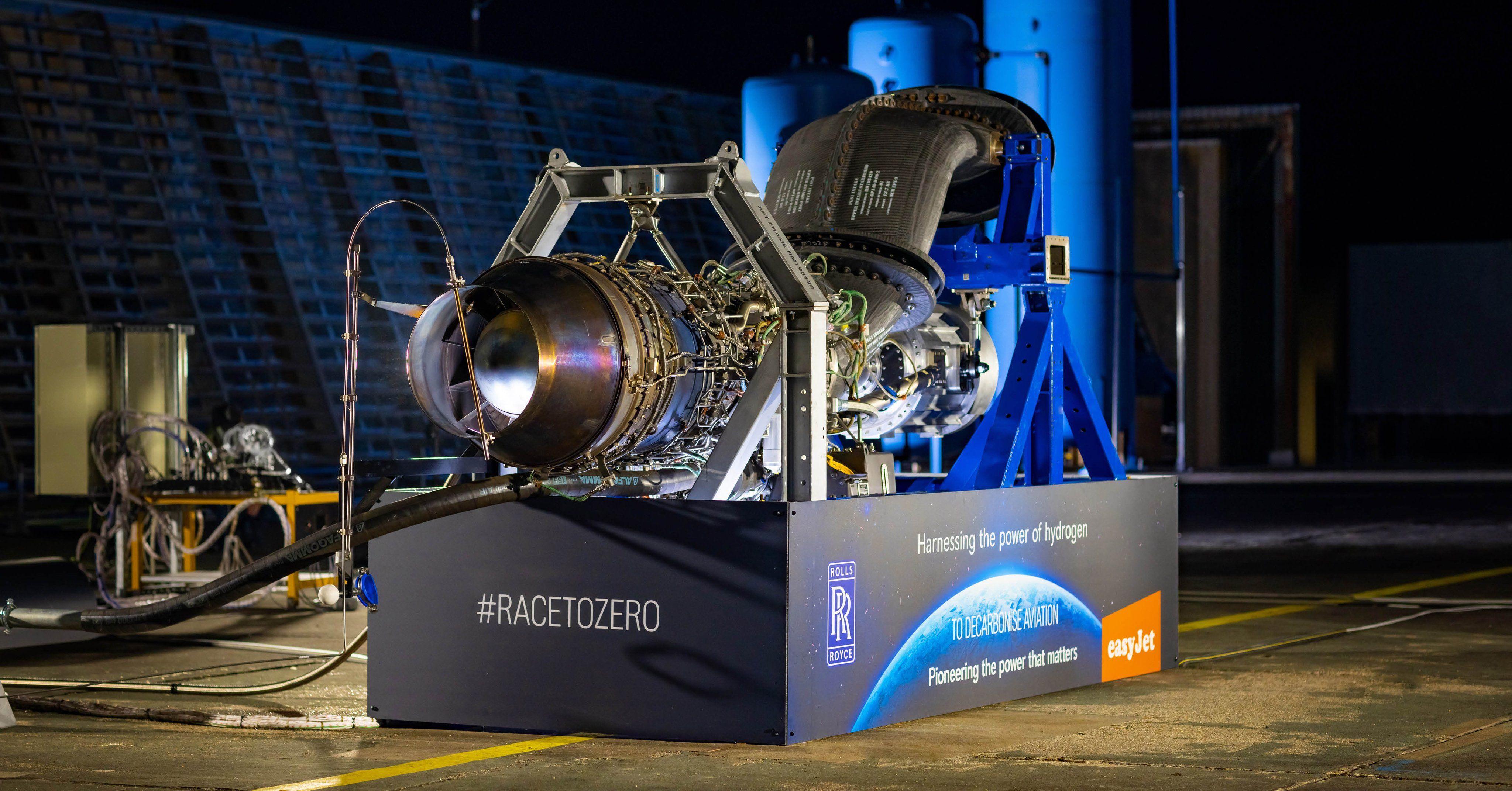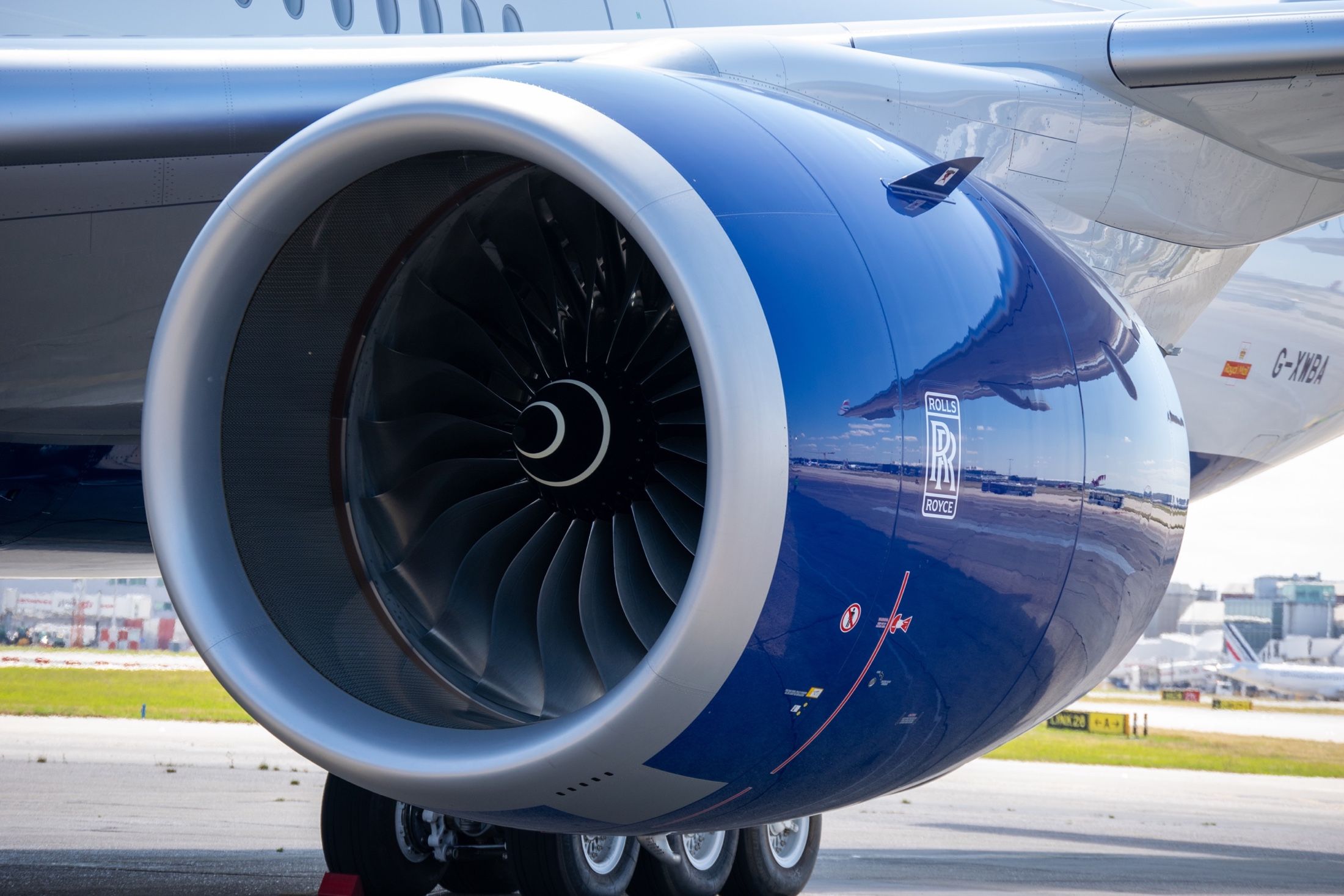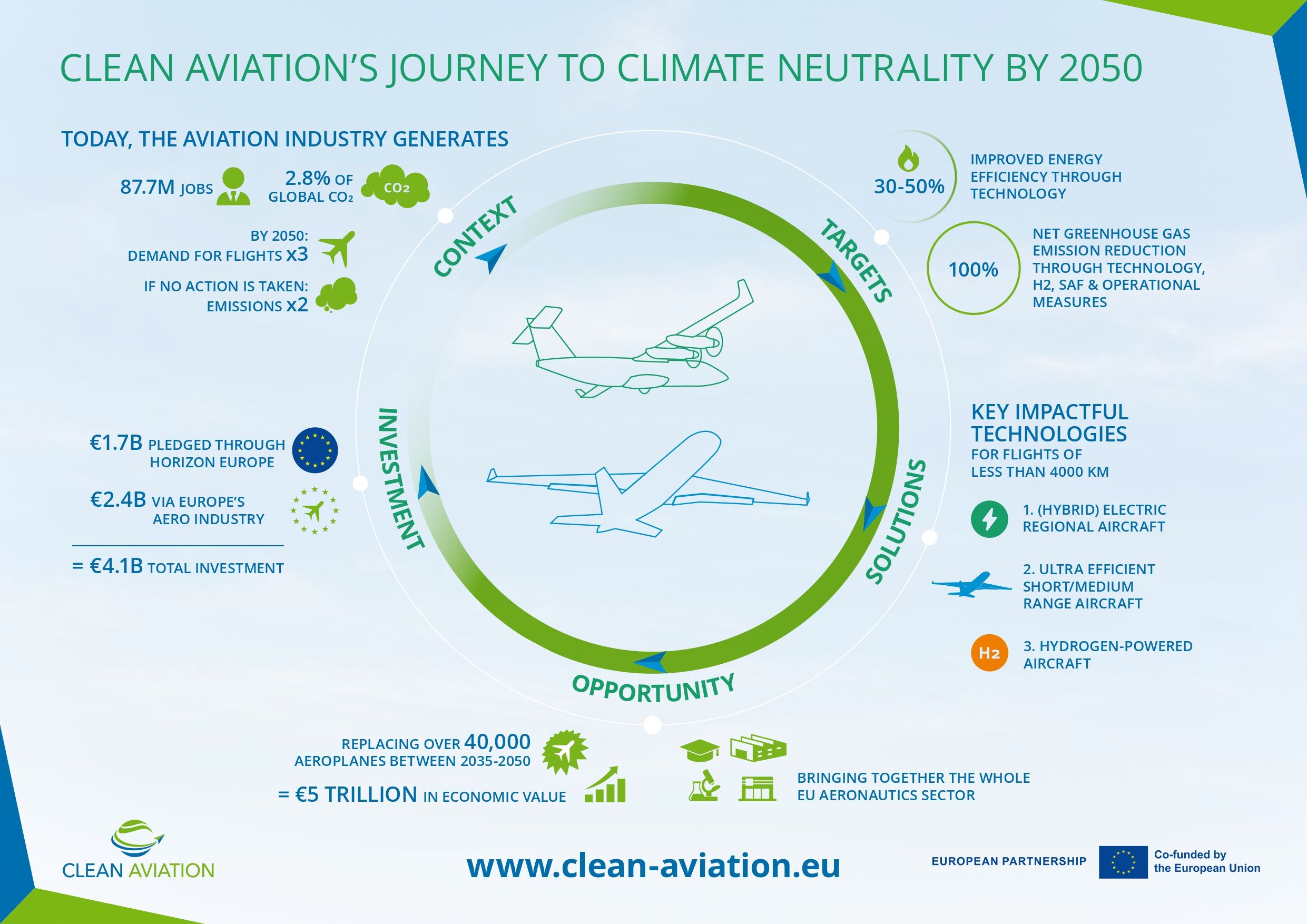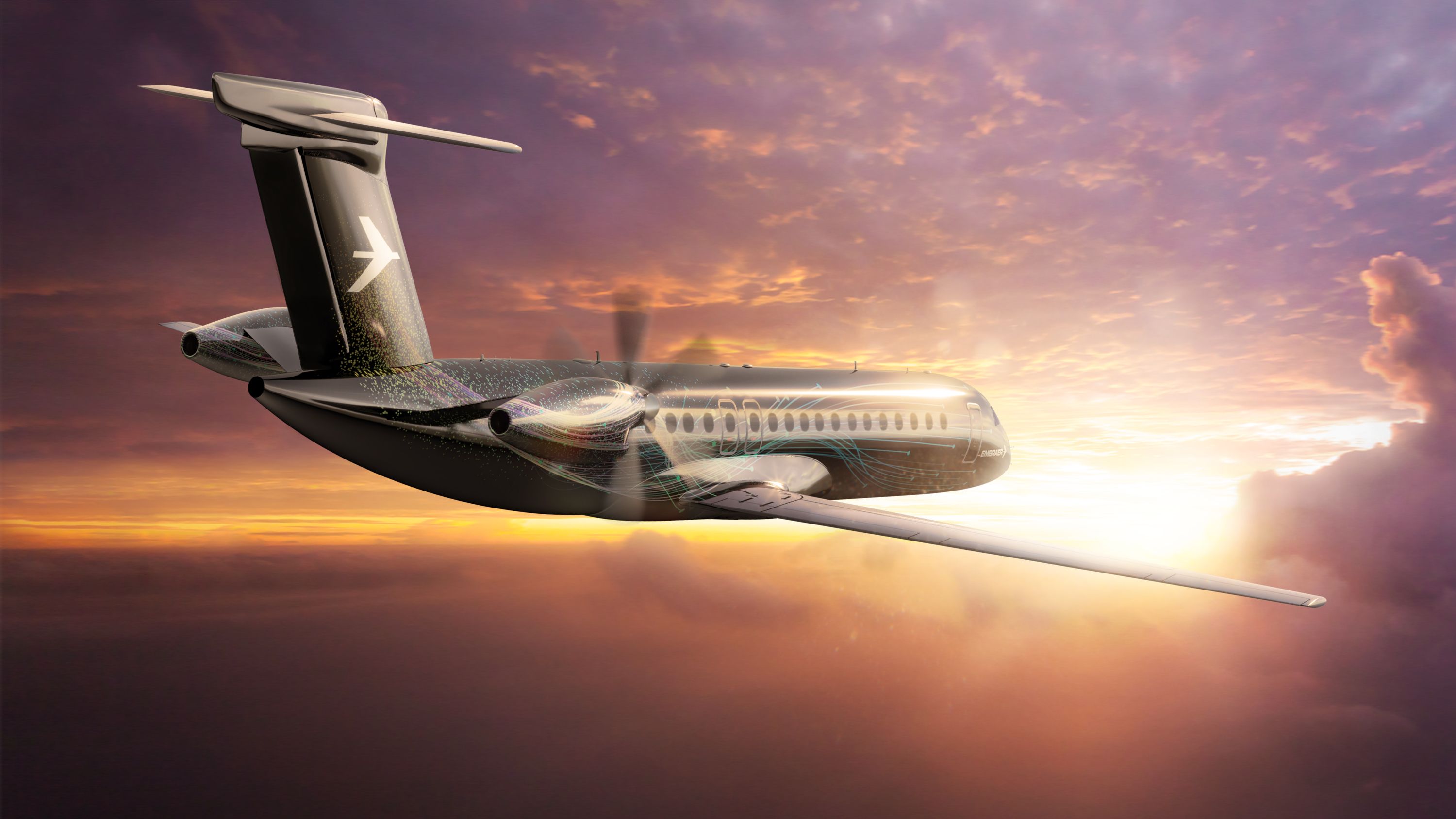Last week, Rolls-Royce welcomed a decision that will see more than €700 million ($687.3 million) flow into sustainable aviation projects. The funding is an allocation from the European Union's Clean Aviation program for twenty aviation research and innovation programs from across the industry.
What is the EU's Clean Aviation?
The European Union (EU) is funding the Clean Aviation Joint Undertaking as its key plank in transforming aviation to a sustainable and climate-neutral future. The initiative is tapping into the best talent and capabilities of the private and public sectors to identify and develop cutting-edge technologies. Its broad timetable is to make a transformational leap in aircraft performance in the 2030s and pave the way toward the EU's goal of climate neutrality, or net zero, by 2050.
Of course, Rolls-Royce has been working on sustainable aircraft engines for years, with success in reducing fuel consumption and emissions on its new generation of Trent engines powering aircraft like the Airbus A350. Last week it was front and center with easyJet as the airline outlined its ambitious path to net zero. Attended by Simple Flying, one of the features was the hydrogen combustion engine AE 2100, which is soon to begin ground testing, with the goal of powering small and medium-sized aircraft by the mid-2030s.
As is often the way in these endeavors, the EU process kicked off with a Call for Proposals. Following the evaluation of those, a proportion of the EU funds have been allocated to Rolls-Royce and its partners. Their focus will be on accelerating sustainable propulsion and decarbonization research. Rolls-Royce will be a partner in six programs, including the lead coordinator in three research undertakings. Rolls-Royce director of aerospace technology and future programmes, Alan Newby, said:
"We are delighted to be asked to proceed to grant presentation by the European Union's Clean Aviation program. Rolls-Royce is focussed on advancing sustainable power and propulsion systems, and this will build on our existing expertise to help accelerate the technological breakthroughs that could help deliver net zero carbon by 2050 and transform the way we travel."
Want to know more about sustainability in aviation?
Rolls-Royce is taking a leading role
The three programs that rolls-Royce is taking the lead in are:
- HEAVEN - Hydrogen Engine Architecture Virtually Engineered Novelly
- HE-ART - Hybrid Electric propulsion system for regional AiRcrafT
- CAVENDISH - Consortium for the AdVent of aero-Engine Demonstration and aircraft Integration Strategy with Hydrogen
Apart from some innovative use of capital letters, although I am not sure what happened to the N in CAVENDISH, the teams have some serious work ahead of them. They all involve academic, industrial and research partners from Europe, the UK and Brazil.
HEAVEN is about Rolls-Royce's UltraFan engine architecture and providing a platform for hydrogen and hybrid-electric technology to find their way into civil aerospace. HE-ART involves technologies for a hybrid-electric thermal turboprop (e-TP) while also optimizing hybrid propulsion systems for a future regional turboprop. HE-ART is undoubtedly a project that will excite Brazil's regional aircraft maker Embraer, which is planning to introduce its own new-generation turboprop aircraft.
CAVENDISH will integrate liquid hydrogen systems onto a modern donor engine for ground testing. Similarly to charging for electric cars, widespread adoption of hydrogen as an aviation fuel will need a new supporting ecosystem. This project will explore enabling technologies in the "form of a dual fuel combustor system, a cryo-compressed tank system and define requirements and activities towards flight demonstration."
What do you think about these projects, and is the thought of new technology aviation starting to feel achievable?




